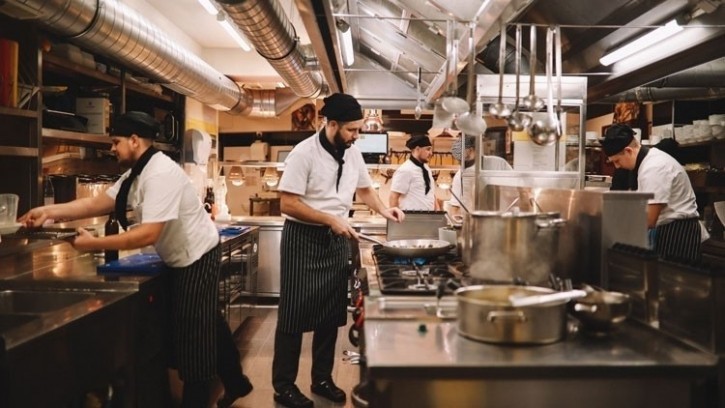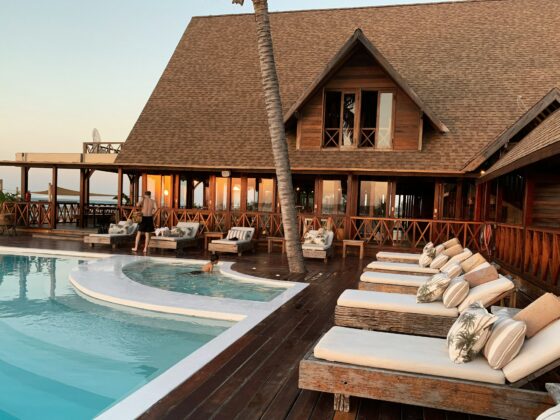
You have likely heard of IATA NDC, its umbrella program, Modern Airline Retailing, and other transformation ‘family members’ like ‘100% Offers & Orders’, ‘Offer-Order-Settle-Deliver’, ‘Offer-Order-Payment-Settle-Deliver’ – the list goes on. The BIG idea behind these programs is to modernize how people buy flights, no matter where they are shopping. Enjoy the same ease of ordering as on Amazon? Check! Getting tailored product recommendations à la Netflix? Yes! What about seeing customized deals just like on Wayfair? Oui, bien sûr!
This is the pièce de résistance: How about when travel plans change, maybe there is a delay or I tweak my itinerary, what will happen then? Well, the idea behind these programs is that travel will be as hassle free as possible. It’s about a seamless, customer-friendly experiences from browsing and booking to boarding and beyond.
To be totally honest — airline retailing isn’t where it needs to be but it has been moving in the right direction, although slowly. According to IATA, 76 airlines are now on board with NDC – an indicator that an airline is taking steps toward an end-to-end retail model that will make modern airline retailing vision a reality. Although NDC still has its challenges — especially for travel sellers dealing with issues like NDC normalisation, seller workflows, and post-booking servicing — there’s clear momentum toward making it work better for everyone in the ecosystem.
FLYR, an Offer-Order-first airline retailing company, recently raised an immense amount of investment ($295M) to accelerate product development and delivery and have announced that they are set to power Riyadh Air’s “digital guest journey”. Tech companies from Amadeus and Sabre to Accelya and TPConnects have all made recent announcements in this space. It’s quite possible that the industry is at an inflection point.
While progress is being made, it is mostly Tier 1 airlines—big players like major flag carriers—leading the charge. IATA data shows that about 64% of these airlines have adopted NDC, while only 40% of Tier 2 airlines have started their transition. The contrast is even more stark among smaller airlines, with only 16% of Tier 3 airlines and less than 1% of Tier 4 airlines implementing NDC.
Why bring this up? Well, air travel is a beautiful thing. It enables us to get where we need to be – and we need to be in places outside of the major air hubs. Close friends and family members are in the towns, villages, and outposts at every corner of the globe – as well as in the big cities. And what of the communities of people who do business (and move goods) between towns and cities the world over? Mid-tier and regional airlines are the vital link connecting big cities to more remote destinations, supporting economies and even opening the door for sustainable, high-value tourism. In short, these airlines are important.
As the industry moves toward a retail-driven future, mid-tier airlines will need to participate in the transformation. Not only when they need to partner with the larger players for interline and code share. They deserve to generate more revenue from every flight and build sustainable businesses. Travel sellers should be able to provide their customers with great deals and personalized offers on airlines outside of the market leaders – and customers, wherever they are, deserve to get them.
I feel that the industry conversation needs a new dimension – we need to include the mid-tier airline in our discussions of airline retailing. After all, with fewer resources, tighter budgets, and different day-to-day imperatives, there is a risk that this important group’s interests will be behind. And – if their voices are left out – we will miss an essential ingredient in the recipe for a more inclusive and resilient travel ecosystem.









